Weather
– Temperature in-season (avg. degrees (°C))
– Temperature off-season (avg. degrees (°C))
– Precipitation in-season (avg. mm/per month)
– Precipitation off-season (avg. mm/per month)

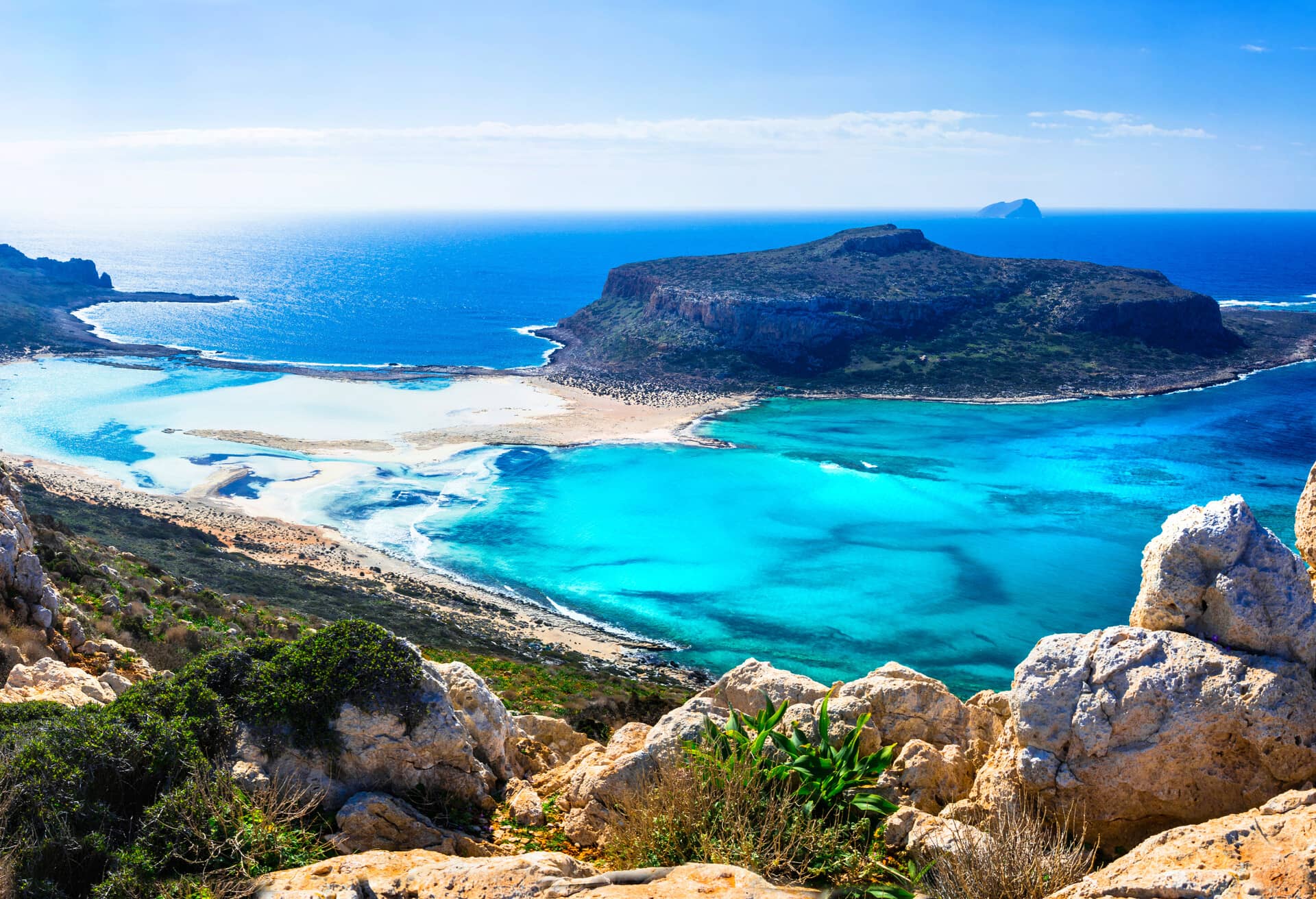
We want to introduce travellers to some of Europe’s top island destinations. We collected data on 70 islands based on seven different categories and 19 unique factors to determine which ones offer tourists the best all-round experience and which are best suited to their needs.
Before planning your journey, be sure to check the latest travel restrictions in your destination. Our travel restrictions map provides real time updates on COVID-19 restrictions and entry requirements of individual countries around the world. Learn more
Island destinations are very much sought after by travellers, especially in light of the otherwise hectic lifestyle many people lead on their day to day. Sandy white beaches, palm trees, swinging hammocks come to mind as well as pristine blue waters that rejuvenate the body and mind, offering travellers the chance to step out of their lives and really relax.
So, we asked ourselves what it is that makes islands such a captivating place to visit when setting off on holiday. Our analysis has taken into account a total of 70 European island destinations based on 19 unique factors.
Each island’s score was derived from the weighted average of all the factors and is presented on a scale from 1-100. However, for better clarity, we’ve presented the values of individual factors in the below.
* Restaurant & Local prices factors: In cases where data for major cities on the islands was not available, average country-wide prices were taken into account.
** Car hire price: In cases where car hire data was not available (e.g. due to the size of the island), the weight for car hire pricing was excluded from the calculations and the sum of weights then adjusted accordingly.
The factors presented are in the original data values but the total score is presented on a 1-100 scale, with 100 being the best, based on the normalisation calculations. For more info please see the full Methodology.
Weather
– Temperature in-season (avg. degrees (°C))
– Temperature off-season (avg. degrees (°C))
– Precipitation in-season (avg. mm/per month)
– Precipitation off-season (avg. mm/per month)
Pricing
– Hotel price (avg. per night)
– Car rental price (avg. per day)
– Restaurant price (3 course meal / 2 ppl)
– Local prices (food + local transport costs)
Accessibility
– Number of flights per week (from Europe)
Things to do
– Trails (number of)
– Heritage sites (number of)
Child-friendliness
– Sandy beaches (number of)
– Amusement parks (number of)
– Beach hotels (% of all hotels)
Covid-19 Safety
– % of vaccinated population (as of July 18th)
– Density of population (per km2)
– Popularity (% share of hotel searches)
Sustainability
– Sustainable beaches (Blue Flag certifications)
– Other sustainable initiatives (number of)
For this study, rankings were divided into seven categories: Weather, Accessibility, Pricing, Things to do, Child-friendliness, COVID-19 Safety and Sustainability. We then sub-divided these categories into a total of 19 factors, each with different weights scaled from 1-5 (low-high), which we determined based on the overall impact they have on making each island your dream destination.
The islands with the best scores typically ranked highly across a range of factors and stood out especially with good weather conditions, affordable prices, a rich offer of activities & entertainment for kids as well as a great number of sustainable beaches. Consequently, the islands that ranked slightly lower in the analysis were those that scored poorly in terms of unfavourable weather conditions, high(er) prices as well as a smaller number of hiking opportunities or Blue Flag beaches.
Crete has great in-season weather conditions, reasonable prices for accommodation, restaurants as well as local costs (food and transportation). Crete also boasts the highest number of sustainable and sandy beaches out of all the islands taken into our analysis.
Tenerife has great weather conditions all year round, is very accessible (with a high number of weekly flights from mainland Europe), as well as good hotel prices. This island has also the biggest number of trails for outdoor travellers, hence why it scored well in this area.
Cyprus has consistent scores across the board with good weather conditions, cheap car hire, a decent number of hiking opportunities as well as UNESCO World Heritage sites and beaches, which is why it came in 3rd place in our ranking despite having quite different scores from the remaining two islands.
Take a look at different holiday types specified below to see the islands that topped the list for each one. For each holiday type, we have also provided a table with the final scores of all islands analysed as well as the factors that contributed to their final ranking.
#1 Crete, Greece
For this category, our analysis took into account the islands with high in-season temperatures, Blue Flag certified and sandy beaches as well as low precipitation levels. This is where Crete really stole the show when it comes to the perfect weather to relax in.
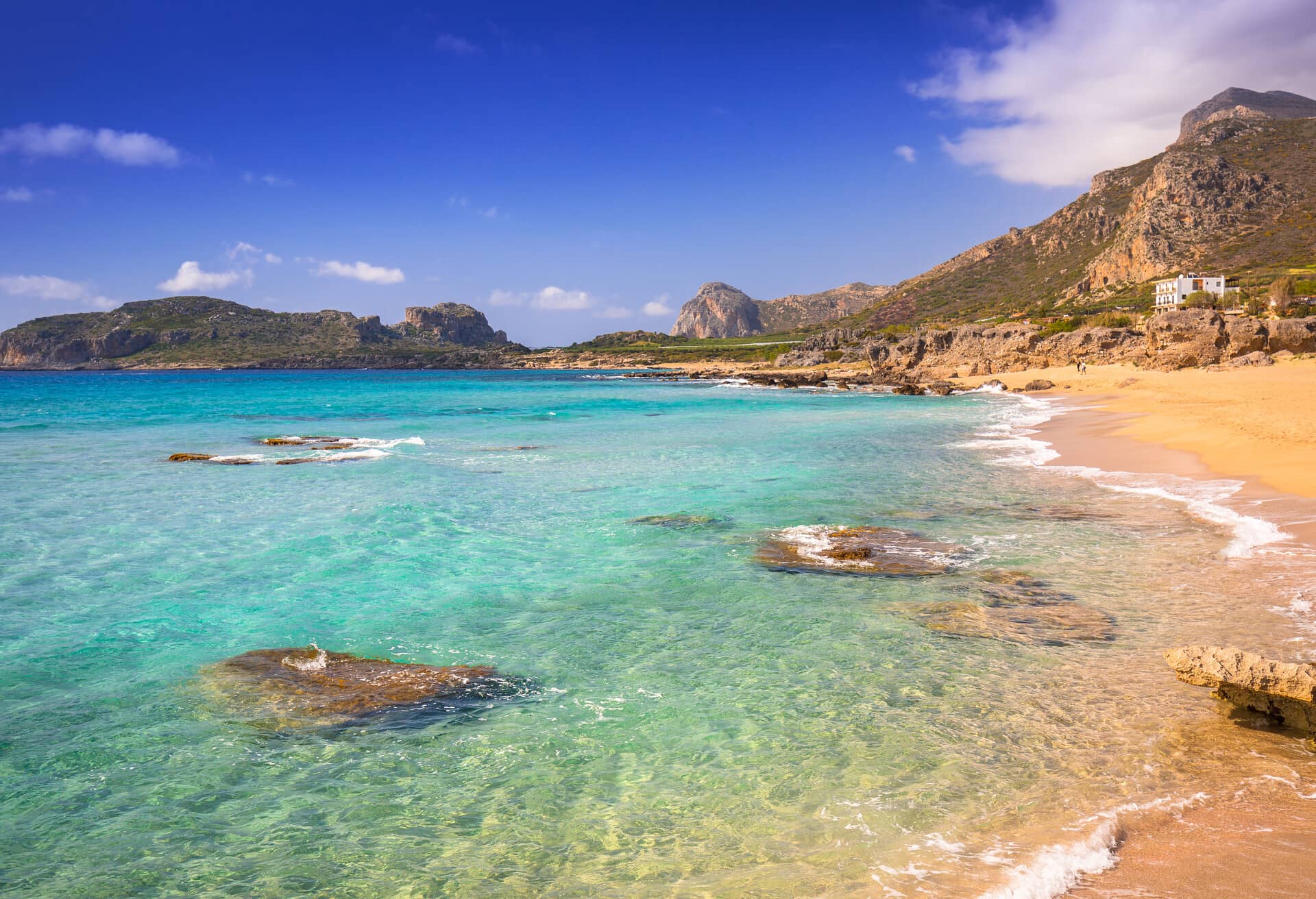
#1 Tenerife, Spain
Natural beauty to be seen while on one of many trails in Tenerife make it the perfect active holiday get-away, as do the two UNESCO World Heritage sites to be found on the island. Alongside Tenerife, Iceland and Mallorca also boast an abundance of offerings for the more intrepid lover of the outdoors.
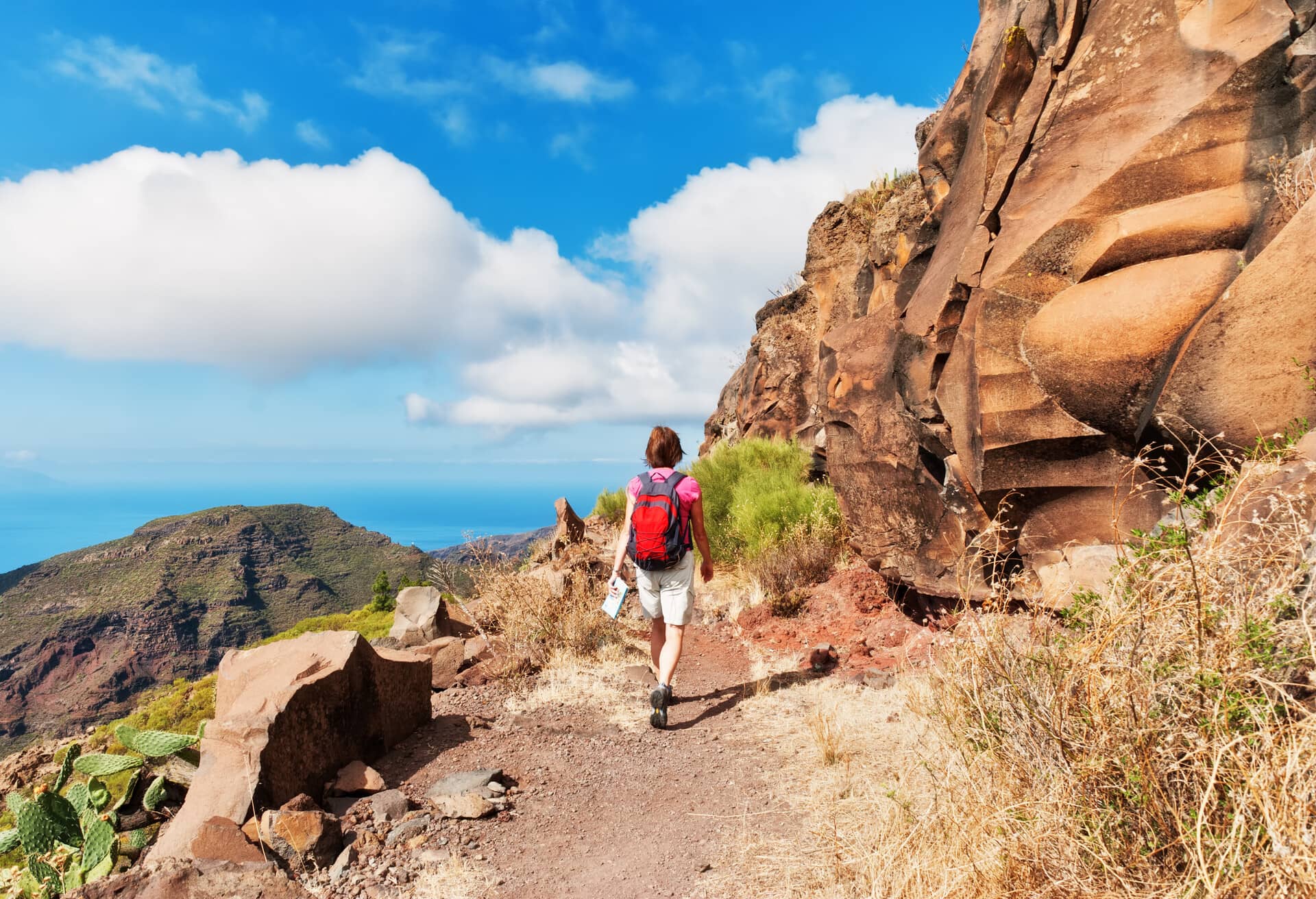
#1 Crete, Greece
This category is all about amenities and things to do for the whole family while away. Amusement parks, sandy beaches as well as beach hotels all form part of the reason why Crete comes in in first place in our ranking of the islands that have something for everyone.

#1 Hiiumaa, Estonia
The island of Hiiumaa’s low population density and comparatively low popularity make it the perfect place to enjoy your island get-away in a secluded environment, offering you the chance to take in some magnificent sights and get to know some of Estonia’s happiest residents! Estonia is closely followed by the Isles of Lewis and Harris as well as the Norwegian Lofoten Islands, which all massively overshadow Mallorca in this category in particular, where travellers are unlikely to find the level of seclusion they desire given its popularity.
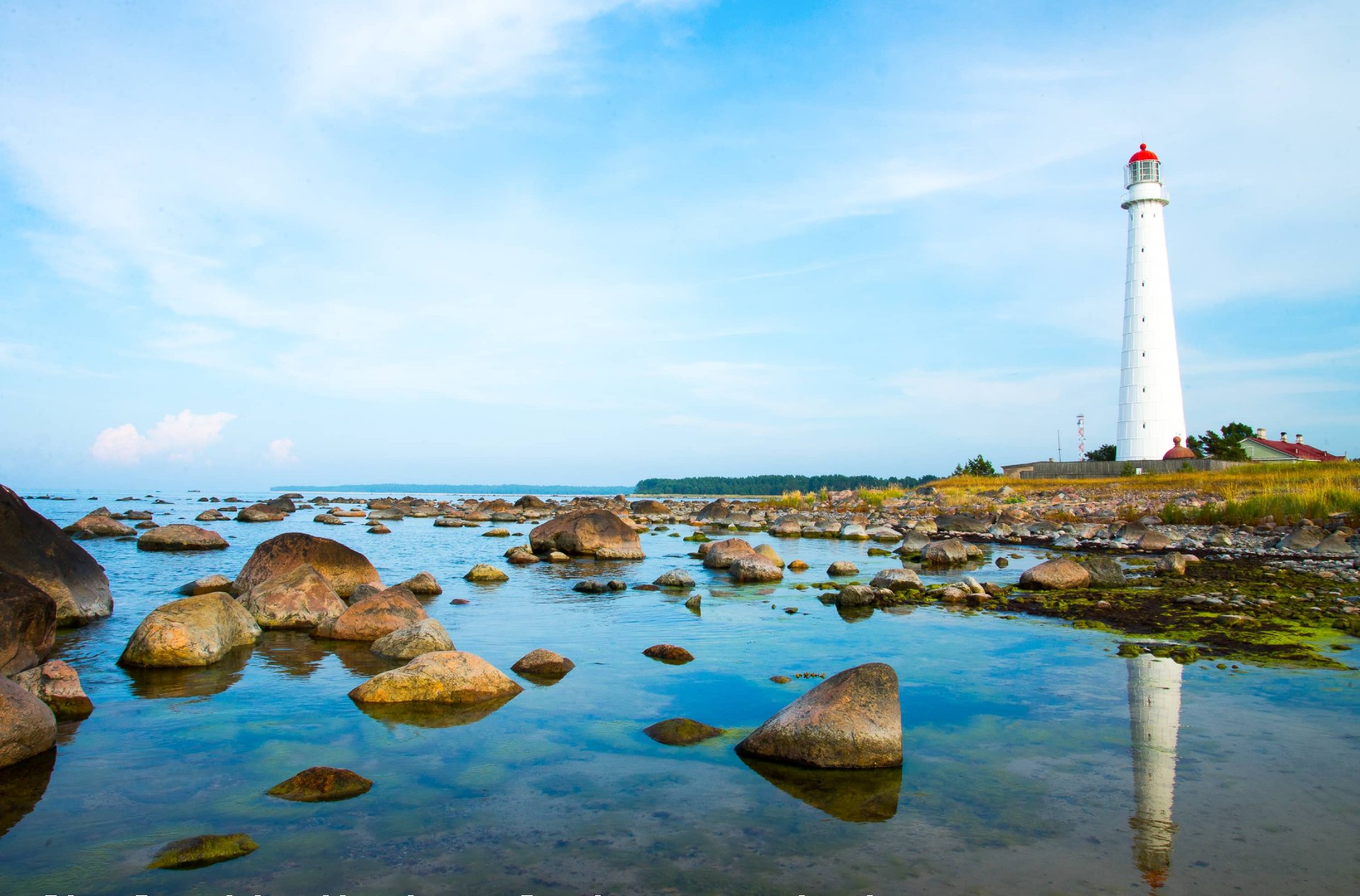
#1 Canary Islands, Spain
The Canary Islands are perfect for an off-season get-away, mainly due to some fantastic weather to be enjoyed when you set off to spend endless days of relaxation on this magnificent archipelago. Note that due to the close proximity of all 7 Canary Islands as well as similar weather conditions throughout, we have ranked them together. Cyprus as well as the Greek Cyclades come in close second here for this category.
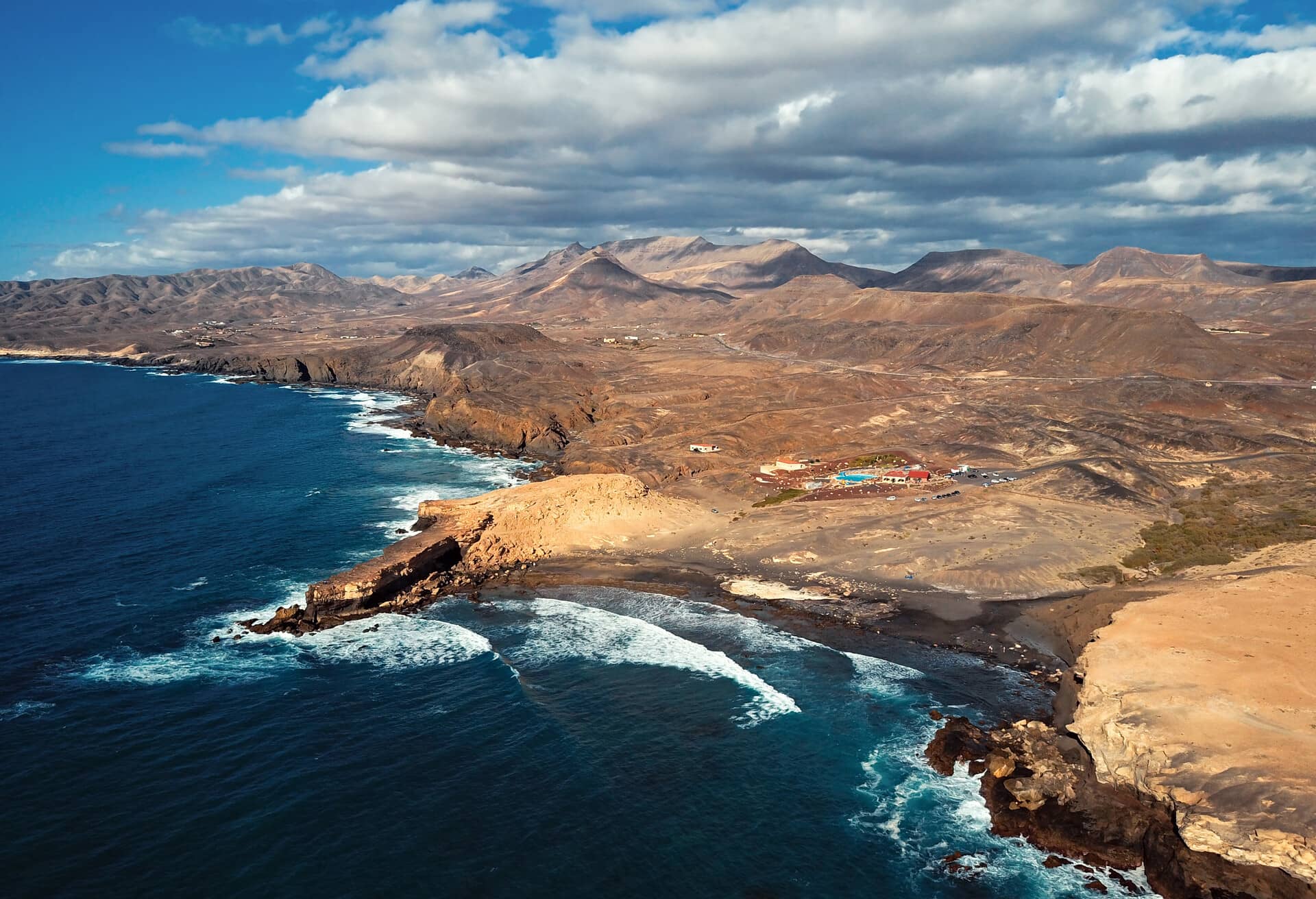
#1 Bozcaada, Turkey
This category is comprised of factors such as car hire and hotel prices as well as local shopping and other transport opportunities. Arguably, this category is the one that most people tend to think of the most when it comes to picking a holiday destination, so when on a budget, Bozcaada has swiped the crown here. Next to the Turkish islands, other budget destinations include Greece, Spain and Portugal, all of which offer travellers the chance to enjoy their holiday to the fullest, all while keeping average expenditure down. In contrast, travellers may want to avoid places like the island of Mykonos in Greece, where they can expect to pay some of the highest fees on average for accommodation that even top some of the Nordic islands.
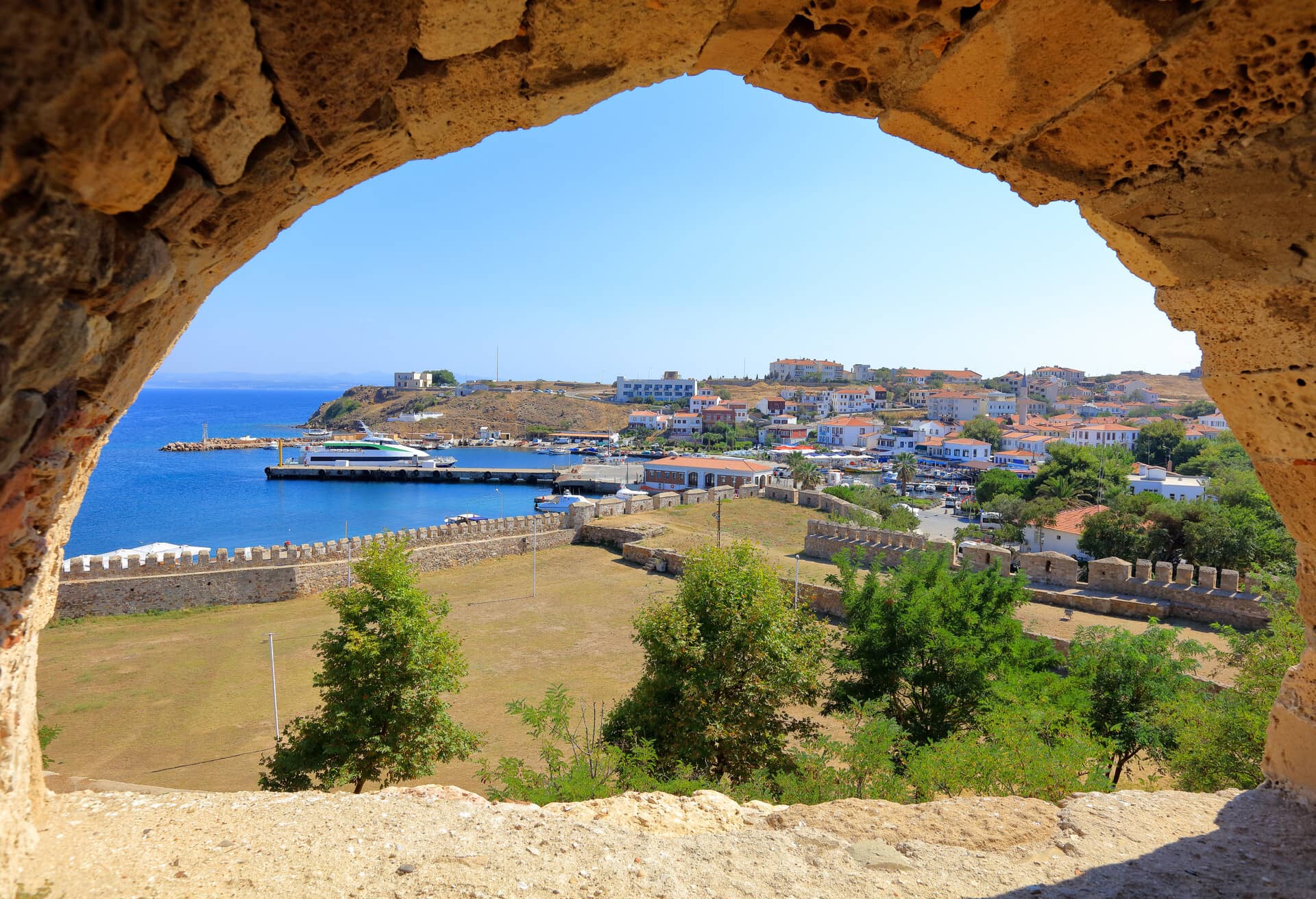
Data in seven categories has been collected in order to rank European islands as holiday destinations: Weather, Accessibility, Pricing, Things to do, Child-friendliness, COVID-19 Safety, Sustainability.
Within these categories, a total of 19 factors have been defined to provide a comprehensive overview of aspects that travellers may encounter and care about when deciding on where they want to go to enjoy an island holiday.
A total of 70 European islands have been included in this analysis. The remaining European islands have been excluded due to insufficient data.
All sources have been accessed and data retrieved between 15 June – 14 July 2021. The numbers collected are based on the latest available data. See the full list of data sources.
The same procedure has been applied separately for selected factors to determine rankings for 6 different vacation types:
Weather
The Weather category is comprised of four factors:
Temperatures in-season
Avg. temperatures (degrees (°C)) in a major city on the island in the in-season months: June – September.
Sources: World Meteorological Organization (WMO), Climate-Data.org, DMI, Weatherbase
Precipitation in-season
Avg. precipitation in depth (mm per month) in a major city on the island in the in-season months: June – September.
Sources: World Meteorological Organization (WMO), Climate-Data.org, DMI, Weatherbase
Temperatures off-season
Avg. temperatures (degrees (°C)) in a major city on the island in the off-season months: October – May.
Sources: World Meteorological Organization (WMO), Climate-Data.org, DMI, Weatherbase
Precipitation off-season
Avg. precipitation in depth (mm) in a major city on the island in the off-season months: October – May.
Sources: World Meteorological Organization (WMO), Climate-Data.org, DMI, Weatherbase
Pricing
The Pricing category is comprised of four factors:
Hotel prices
Avg. hotel price (€) per night for standard double room across all hotel types. Prices based on the search period 2021/01/01 – 2021/07/04 for the travel period: 2021/01/01 – 2021/12/31. The prices were converted from USD according to conversion rate on July 16th, 2021.
Source: KAYAK internal data
Car hire prices
Avg. car hire pricing (€) per day for all car types. Prices based on the search period 2021/01/01 – 2021/07/04 for the travel period: 2021/01/01 – 2021/12/31. In cases where car hire data was not available (e.g. due to the size of the island), the car hire pricing weight was excluded from the calculations and the sum of weights was adjusted accordingly. The prices were converted from USD according to conversion rate on July 16th, 2021.
Source: KAYAK internal data
Restaurant prices
Avg. price (€) for a three-course meal for 2 people in a mid-range restaurant. For major cities on the island. In instances where no city level data was available, a country level data was used.
Source: Numbeo (Accessed on 7/07/2021)
Local prices
Comprises a summary of costs (€) for:
1) A cup of cappuccino
2) A standard shopping basket with products: Domestic Beer (0.5 litre bottle), Water (1.5 litre bottle), Eggs (regular) (12) Chicken Fillets (1kg), Local Cheese (1kg), Loaf of Fresh White Bread (500g), Tomato (1kg) Bottle of Wine (Mid-Range))
3) Taxi Start (Normal Tariff)
4) One way ticket for a public transport
For major cities on the island. In instances where no city level data was available, a country level data was used.
Source: Numbeo (Accessed on 7/07/2021)
Accessibility
Weekly flights
Avg. number of weekly flights from mainland Europe (750 airports in mainland Europe).
Source: KAYAK internal data
Things to do
The Things to do category is comprised of two factors:
Trails
The total number of curated trails on the island, including hiking trails, running trails and view trails.
Source: Alltrails.com (Accessed on June, 24, 2021)
UNESCO World Heritage Sites
The total number of UNESCO World Heritage Sites on the islands.
Source: UNESCO Heritage list
Child-friendliness
The Child-friendliness category is comprised of three factors:
Amusement parks
The total number of water, theme and luna parks on an island (excluding ones marked as permanently closed) based on data collected from Google Maps.
Source: Map data ©2021 Google
Sandy beaches
The total number of sandy beaches on an island based on data collected from Google Maps.
Source: Map data ©2021 Google
Beach hotels
Calculated is the % of beach hotels out of all hotels in major cities on the islands.
Source: KAYAK internal data
COVID-19 Safety
The COVID-19 Safety category is comprised of three factors:
Density of population
The total size of population on the island was divided by the total land area (km2).
Source: Wikipedia
% of vaccinated population
Percentage of population fully vaccinated against COVID-19 in a country that the island belongs to territorially.
Source: Our World In Data (Data as of July 18th, 2021)
Popularity
Calculated is the % share of hotel searches in a major city on the island out of all hotel searches across the islands taken into analysis.
Source: KAYAK internal data
Sustainability
Sustainability category is comprised of two factors:
Blue Flag
The total number of beaches with a Blue Flag award on an island. Read more about the Blue Flag programme here.
Source: Blue Flag (Data as of July 6th, 2021)
Sustainable initiatives
Number of programmes / recognitions from independent sources for sustainable initiatives on the islands that include: commitment to the use of clean energy, presence of UNESCO Biosphere Reserves & Global Geoparks and/or recognition in the RESponsible Islands Awards by the European Commission.
Sources: The Clean Energy for EU Islands Secretariat, UNESCO Biosphere Reserves & Global Geoparks, European Commission